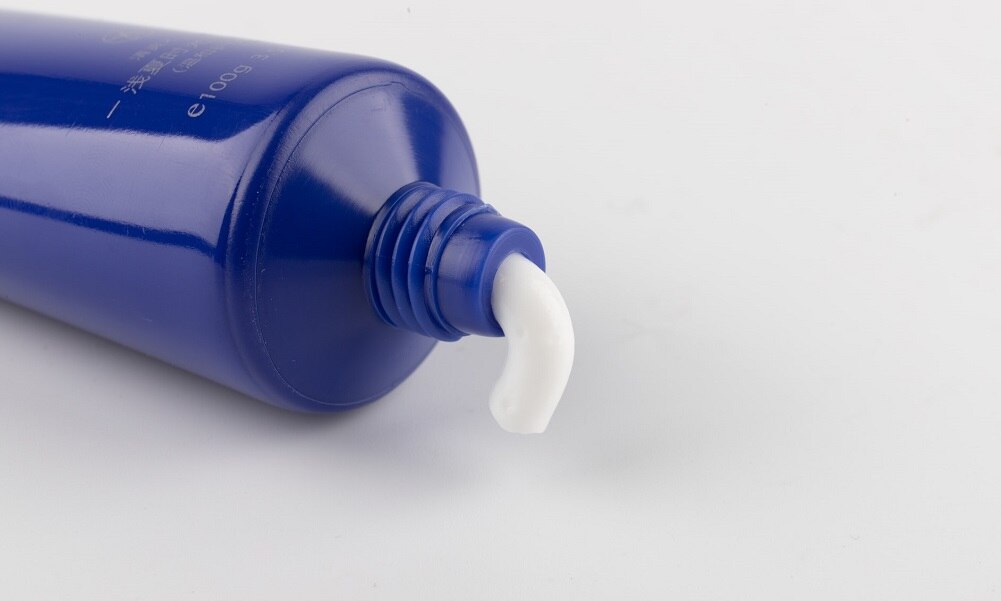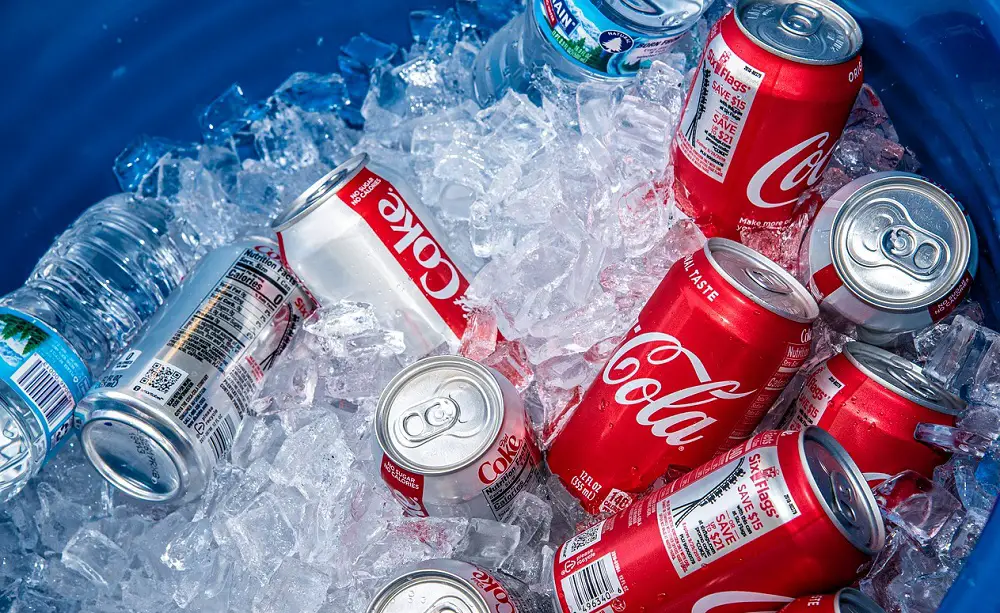
11 Surprising Facts about Toothpaste
The use of toothpaste for maintaining the fresh breath, preventing tooth decay, tooth stains, and gum disease (gingivitis) has been practised for a very long time now.
It will interest you to know that apart from the above uses, there are several other amazing facts about toothpaste that you have probably never heard of before. Are you ready to know those facts? Strap on your seatbelts and we will journey with you all through.
11 Surprising Facts About Toothpaste
1. Do Colour Codes On The Tube of Toothpastes Mean Anything?
For quite some time, there has been a false claim about toothpaste colour codes in circulation. According to the claim, consumers can decide on which toothpaste to buy by studying the colour code to know which ingredients were used to make the toothpaste.
The colour code is a small coloured square at the bottom of your toothpaste. It is usually green, blue, red, or black – some of the most common colours used by toothpaste brands. The colours are used to claim that the formulation of the toothpaste is as follows:
Green: Contains only natural ingredients
Blue: Natural ingredients with some additional medicine
Red: natural ingredients and chemicals
Black: purely made of chemicals
This is entirely false! The colours are nothing but marks deliberately put on the toothpaste tubes during production to show light beam sensors the exact place to cut, seal or fold during the automated process.
To know the formulation of the toothpaste you intend to buy, just read through the pack and you will see the ingredients it contains.
2. Toothpaste Contain Seaweed!
Do you know that most toothpaste contains seaweeds?
Seaweeds are a group of plants and algae that survive on water bodies. Most toothpaste brands use seaweeds as part of their ingredients.
Also, seaweed is a thickening agent, so it stabilizes toothpaste, thereby making it consistent on your toothbrush whenever you squeeze it out of the tube.
3. Toothpaste Used To Be In Powder Form
The toothpaste we know today was not always like this. Before it was turned into a paste, the evolution began from the Egyptian toothpowder made from powdered ashes of Ox hooves and burnt eggshells; and the Greek toothpowder containing crushed bones and oyster shells.
This continued to the 19th century with additional ingredients like chalk, salt, and charcoal.
4. Most Toothpastes Contain the Same Set of Active Ingredients
While there are a lot of different toothpaste brands today, each advertising to try and convince you to buy their product, it will interest you to know that most toothpaste contains the same set of ingredients.
The ingredients in most toothpaste are as follows:
Abrasives e.g. hydrated silica, calcium carbonate
Detergents e.g. sodium lauryl sulfate
Fluoride compound e.g. sodium fluoride, stannous fluoride
Preservatives
Binders
Abrasives help to remove stains and deposits on the surfaces of teeth; detergents break up and wash the stains; fluoride helps in tooth decay prevention; preservatives increase the lifespan of the toothpaste while binders increase consistency.
Specially formulated toothpaste contain additional ingredients. Your dentist will recommend one for you if you have sensitive teeth or tartar on your teeth.
5. Toothpastes Can Clean Surfaces Other Than Your Mouth
These are some of the most interesting facts about toothpaste. After reading this, you will realize how useful toothpaste can be in your house and even at work.
You can clean glass surfaces, wooden items and more with your toothpaste.
6. Toothpastes Can Relieve You from Skin Irritation and Acne
Rubbing a small amount of toothpaste on your skin after an insect bite or sting can bring you immediate relief from the irritation before you can get a definitive treatment – if needed.
Toothpaste has been used for some time to treat acne. Some amount of it dabbed on your pimples and allowed overnight can help clear your pimples, especially when you continue for some days. For this purpose, it is recommended to use toothpaste that does not contain gels.
Dirty fingernails can also be cleaned using toothpaste. There are reports that it is effective for this purpose.
7. Toothpastes Can Remove Offensive Odors from Your Skin
Sometimes, coming in contact with fish, garlic, and onions in the kitchen can leave your hands with an offensive smell that is difficult to remove by just washing with soap.
Here is what you can do.
Wash your hands first with soap or detergent, then rub some toothpaste on your hands, allow it for some time, and then rinse. You can also try it for other offensive smells on your skin.
8. Toothpaste Can Make Your Jewellery to Sparkle
It is a Saturday or Sunday morning, you have an important event to attend and you are already running late, then you realise that your jewellery has lost its sparkle but there is no time to take it to the jeweller for cleaning. Well, toothpaste to the rescue.
When you add some toothpaste to a soft-bristled brush or cloth and use it to polish your silver or even diamond jewellery, in no time, you will have sparkling clean jewellery right in front of you. Amazing right?
However, you should exercise caution while polishing your pearls, as this might scratch or even damage them.
In addition to polishing your jewellery, you can also polish your silver kitchen utensils and ornaments, using the same procedure above.
9. Toothpaste Can Polish Your Bathroom Too
Just as you can use toothpaste to clean your kitchen utensils, jewellery, and ornaments, you can do the same to the items in your bathroom.
It does an amazing job cleaning your bathroom sinks, mirrors, glass doors, faucets, etc. giving them the sparkling look.
Whenever any of the above is stained, you can squeeze some amount of toothpaste on the area, allow it for some time and scrub it off.
Toothpaste has the added advantage of deodorising your drain as well.
10. What Toothpaste Can Do To Your Fabric
When your clothes are stained with ‘tough’ stains from soup, coffee, juice, or other food and household items, you might no longer need to use expensive stain removers for that.
To do this, apply some toothpaste to the stained area, allow for some time and rub vigorously. By the time you wash the cloth, the stain is likely to disappear or at least, reduce by a large extent.
11. Toothpaste Can Help Clean You Walls
Regardless of the number of books you buy for your kids, some might still choose to use the walls of the house for their crayon arts. Toothpaste, therefore, serves to keep your walls clean.
To clean the crayon markings – as well as other stains, apply some amount of toothpaste (preferably white) using a wet cloth and then wash off the residue.
You can also use it to fill small holes on your walls, and as an adhesive to stick your posters to the wall. And when used for this, it has no damaging effect on your wall.
FAQ
Q: How effective is herbal toothpaste?
A: A lot of the ingredients of herbal toothpaste are yet to be scientifically declared as effective in teeth cleaning, nevertheless, it has been used for quite a while, and people have attested to its effectiveness.
Q: Which toothpaste brand is the best for me?
A: Toothpaste basically contain the same active ingredients; also, there are different toothpaste formulations for different conditions (e.g whitening, tartar, tooth decay). Your dentist should help you choose the best one for you.
Conclusion
Now that you have read up to this point, we believe that you have learned amazing facts about toothpaste, and have realised that they can be used for several other purposes apart from teeth cleaning.
Do you know more of such facts about toothpaste? Please do not hesitate to share with us in the comments section below.
We would love to hear from you.

